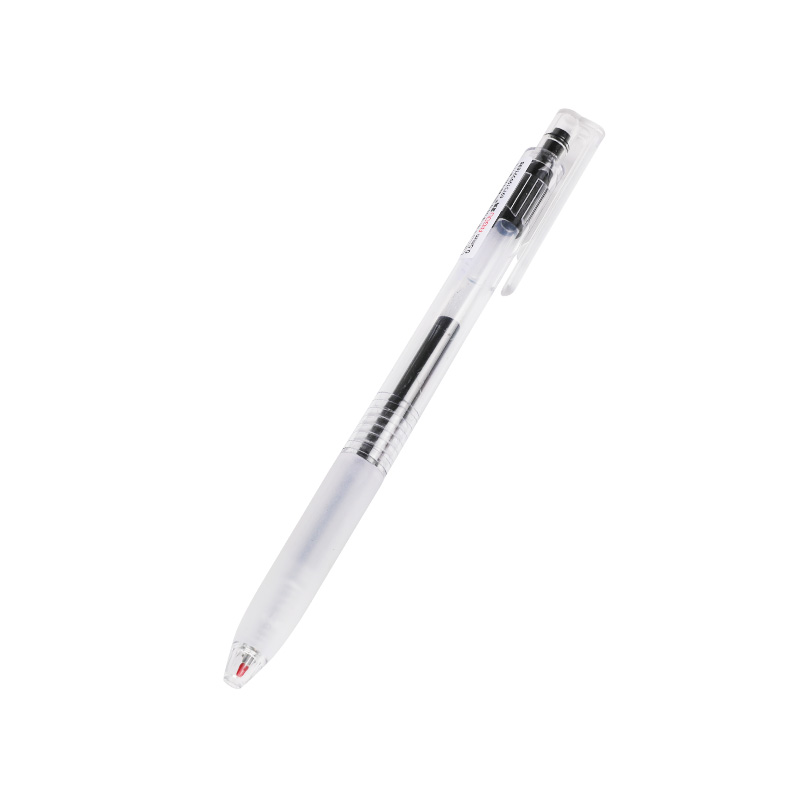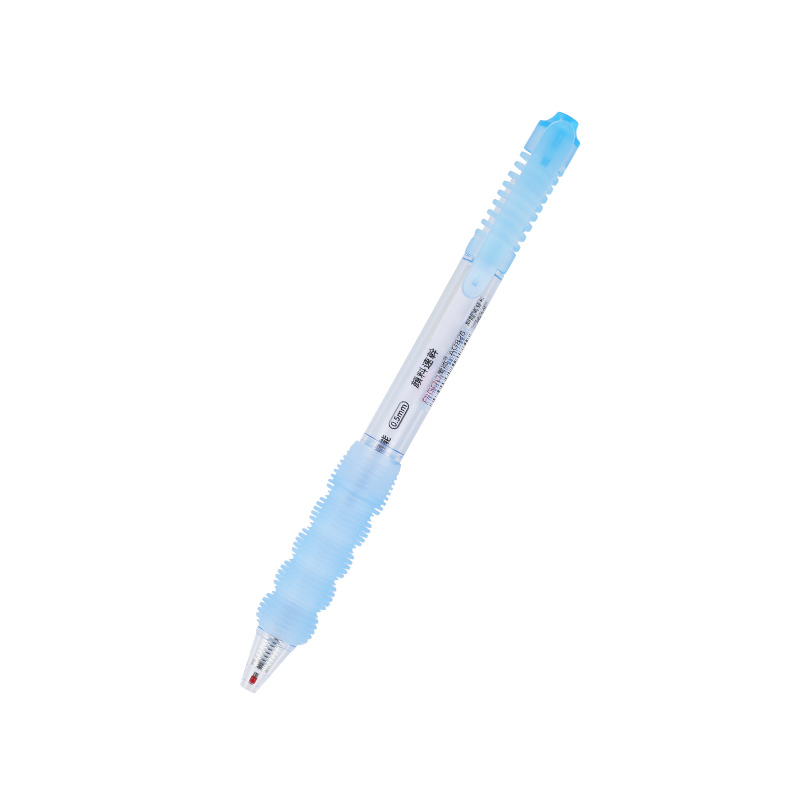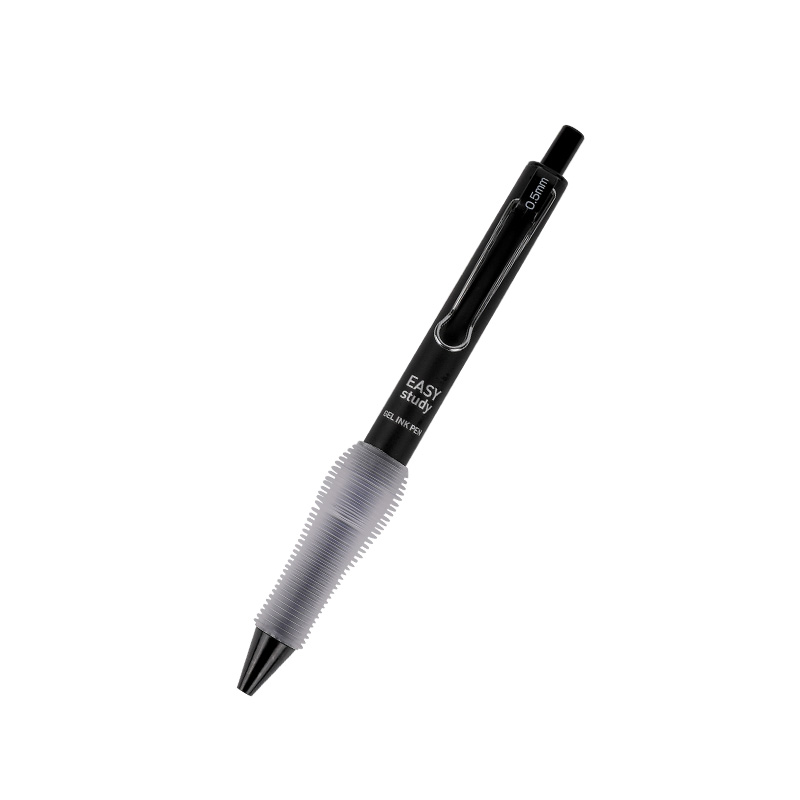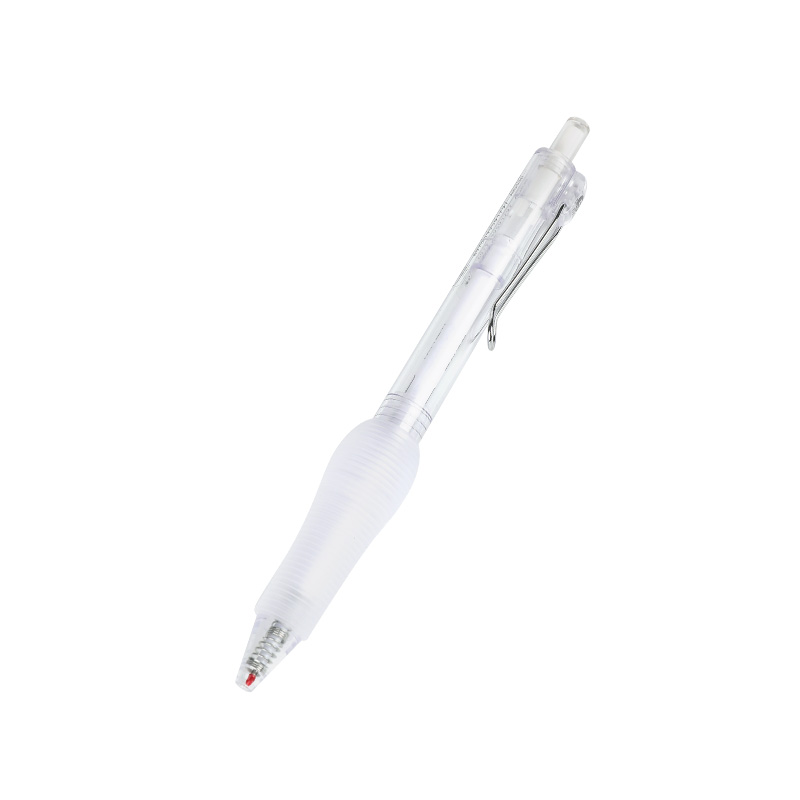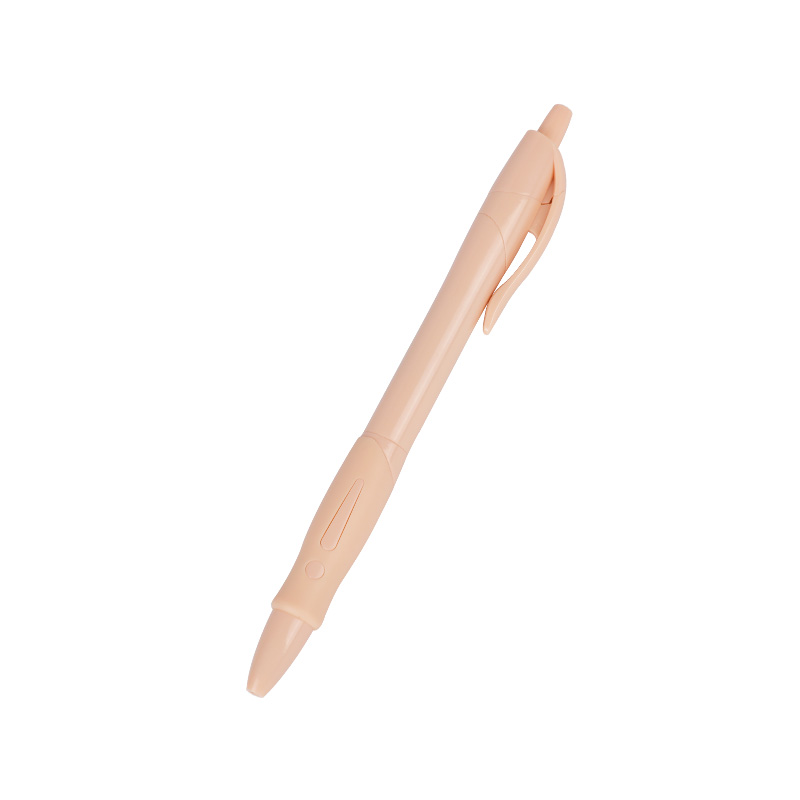Gel Ink Pen vs. Ballpoint: Which Is Better for Everyday Writing?
When choosing a writing tool for daily use, many people find themselves comparing two of the popular options: the gel ink pen and the traditional ballpoint pen. Both types are widely used in offices, schools, and homes, but they offer different writing experiences and features. This article takes a closer look at the advantages and disadvantages of each, with a particular focus on how the gel ink pen performs in everyday writing situations.
The gel ink pen is known for its smooth ink flow and vibrant lines. Its ink is water-based and combined with pigment, which gives it a thicker consistency and richer color compared to ballpoint ink. This makes the gel ink pen an ideal choice for those who value clarity and visibility in their writing. Whether you're taking notes, signing documents, or journaling, the bold, clean lines produced by a gel ink pen enhance readability.
One of the key benefits of a gel ink pen is the ease with which it writes. Because the ink flows more freely, less pressure is needed to create a consistent line. This reduces hand fatigue, making the gel ink pen a preferred option for individuals who write for long periods, such as students or professionals. Additionally, the smoothness of the ink makes writing feel more fluid, which many users find enjoyable and efficient.
However, the gel ink pen does have a few limitations. The ink tends to dry more slowly than that of a ballpoint, which can to smudging—especially for left-handed writers. Some gel ink pens also run out of ink more quickly, as the thick consistency is used up faster than thinner ballpoint ink. That said, modern gel ink pen designs often include quick-drying formulations that reduce smearing and extend writing life.
In contrast, the ballpoint pen uses oil-based ink that dries quickly upon contact with paper. This makes it highly reliable for quick note-taking or when working in environments where smudging would be a concern. The ballpoint is also more durable in terms of ink longevity and is less likely to leak or dry out, which adds to its convenience.
Despite these strengths, the ballpoint pen can sometimes feel scratchy or require more pressure to write, which may to hand strain over extended use. In terms of line quality, ballpoint ink tends to be less vibrant and more prone to skipping, especially as the pen ages. For those who prioritize the look and feel of handwriting, the gel ink pen still offers a more polished result.
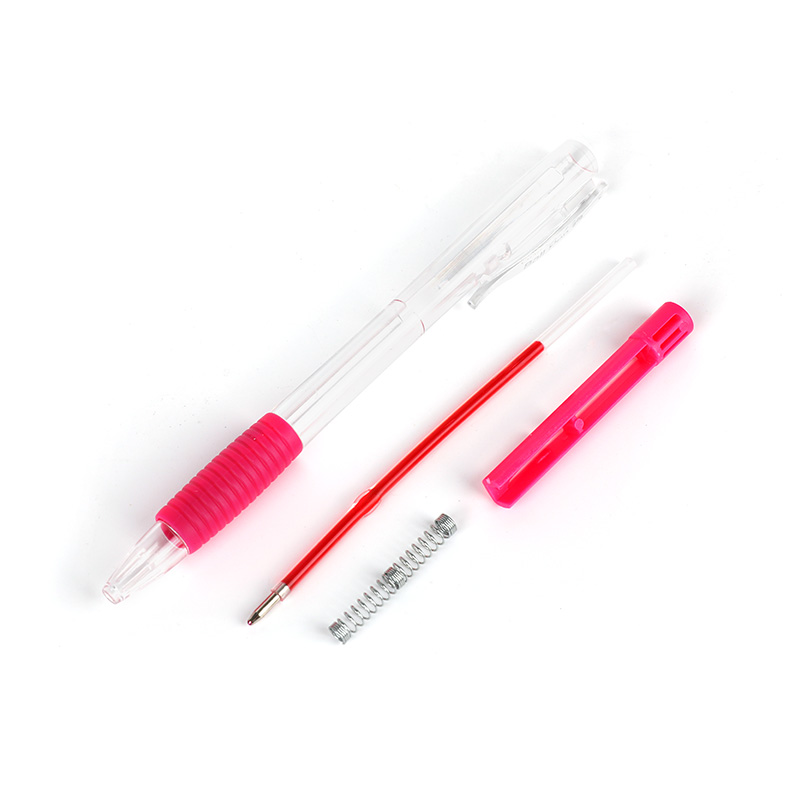
Another area where the gel ink pen stands out is in color variety. Available in a wide range of hues, from classic black and blue to pastel and metallic shades, gel ink pens offer more options for creative or organizational use. This flexibility makes them popular among artists, planners, and students who use color-coded systems.
When it comes to price, both types of pens are widely available at affordable costs. However, gel ink pens with premium features such as ergonomic grips, refillable cartridges, and quick-dry ink may come at a slightly higher price point. Still, many users find the extra investment worthwhile due to the improved writing experience.
In conclusion, while both the gel ink pen and the ballpoint pen have their place in everyday writing, the choice depends on individual needs and preferences. If you prioritize smooth writing, vibrant lines, and comfort during long writing sessions, the gel ink pen is a strong contender. On the other hand, if quick-drying ink, long-lasting performance, and general utility are more important, the ballpoint may be the better option. For many, keeping both on hand offers the versatility for different writing tasks.

